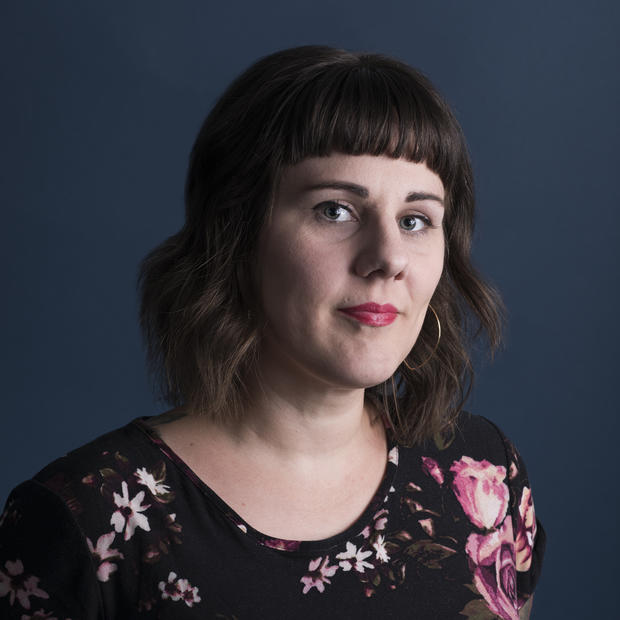People responded with tips on local businesses: Go here for a free slice of pizza. Go there for a free kids meal with the purchase of an adult meal. But she didn’t have money to purchase the adult meal. She didn’t want to haul her four grandkids around, further increasing their risk of exposure to COVID-19, for just one meal. That left one option: food banks.
Don't miss Emily's story: Pandemic could empty Washington food banks in two weeks.
When I spoke to her, Collins Veliz told me she lived off of social security, food stamps and a side job selling second-hand items online. She and her family were just a few of more than 800,000 Washingtonians who faced food insecurity before the pandemic. With the tens of thousands of newly unemployed Washingtonians now depleting food bank supplies, families like hers would be especially hard hit.
I started to interview government officials about those food supplies, but no one would outright say that Washington’s food banks would run out soon. I was working one weekend, like many journalists during this crisis, and I connected with Jordan Rubin of Northwest Harvest. Finally, what I suspected was confirmed, but on a much larger scale: shelves would be empty in two weeks. I found an internal government report that backed it up.
As terrifying as that prospect is, I know Washingtonians want to help. I’ve seen so many stories on how we’re singing our thanks from balconies, dropping off groceries for the elderly, and sewing masks for medical staff in the face of serious personal protective equipment shortages. In the face of these crises, it’s local communities that can tip the scale toward sustainability.
If you want to help the hungry, food banks say the answer is simple: donate money, not just canned goods. They have purchasing power that the general public doesn’t have access to, can buy in bulk, and know what supplies are needed most. Gov. Jay Inslee announced the roll-out of the WA Food Fund on Tuesday, which has so far has raised over $1 million.
Want to donate your time? Crosscut joined forces with Be A Neighbor, which connects volunteers to organizations like food banks. You can see that button on the bottom of many of our COVID-19 articles.
Stay at home, stay safe, and if you’re able, help a neighbor.
This story was first published in Crosscut's Weekly newsletter. Want to hear more from reporters like Emily McCarty? Sign up for the newsletter, below.
Get the best stories of the week
This weekly newsletter dives deeper into one story and how it was reported, along with curating the best stories of the week.



